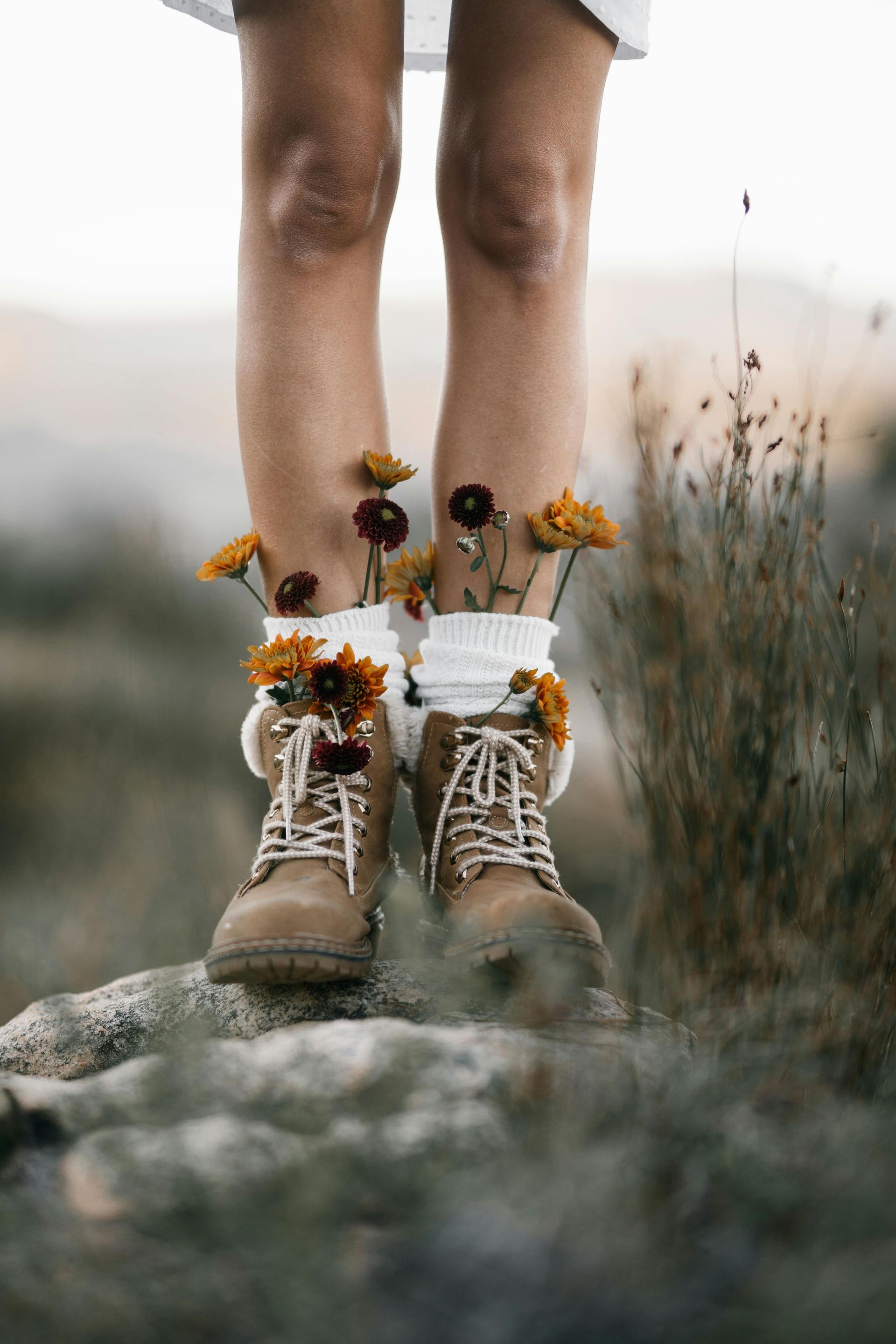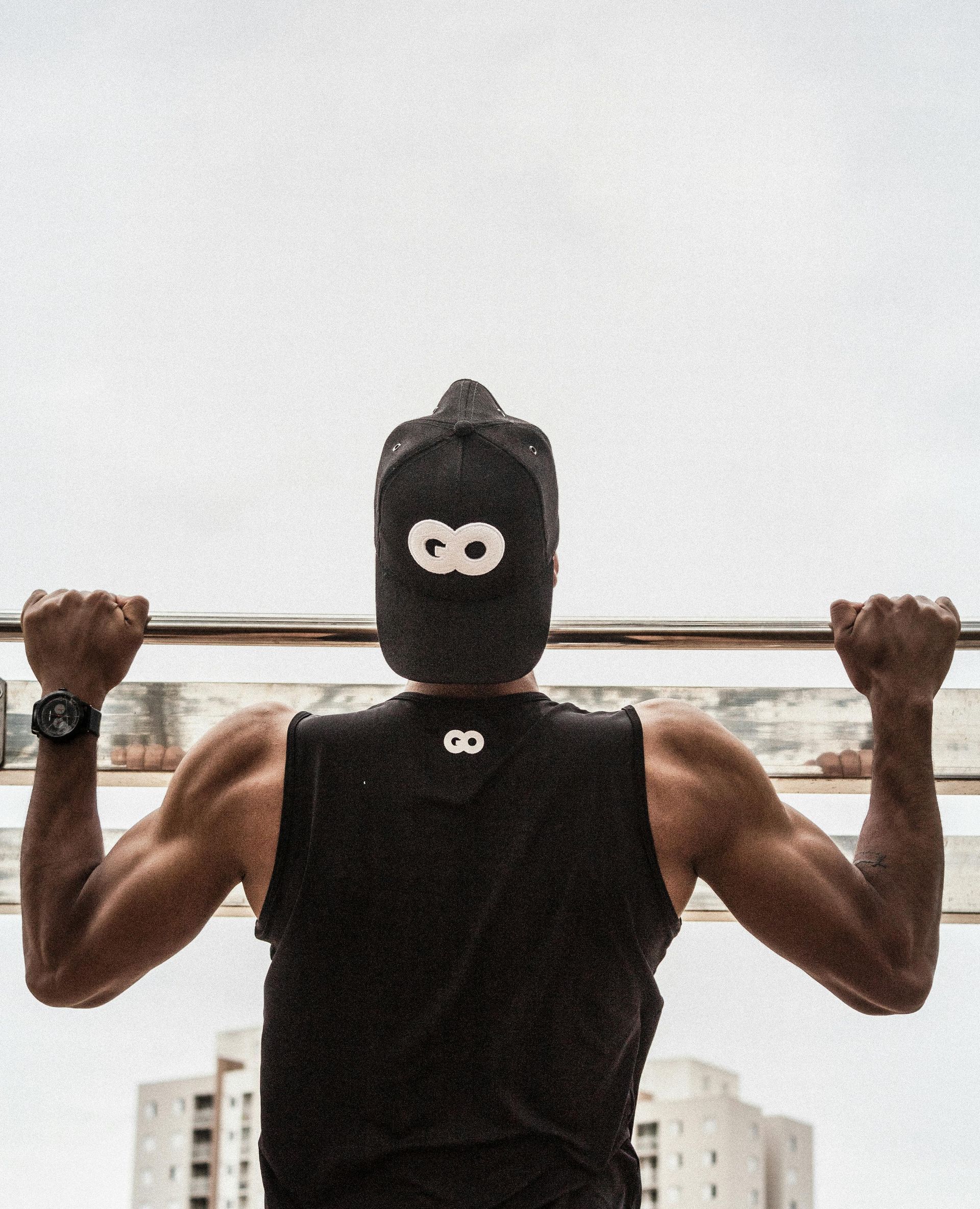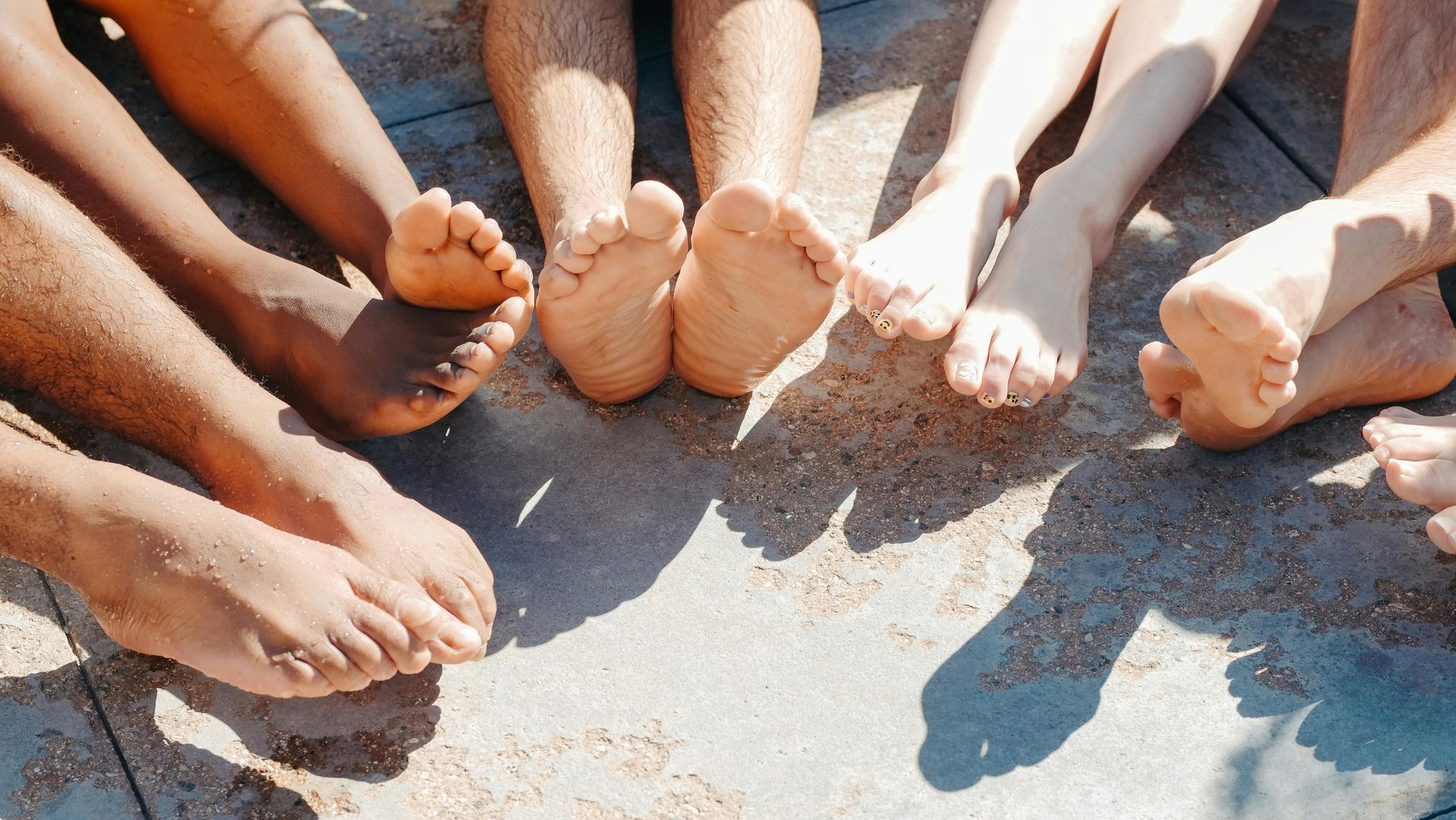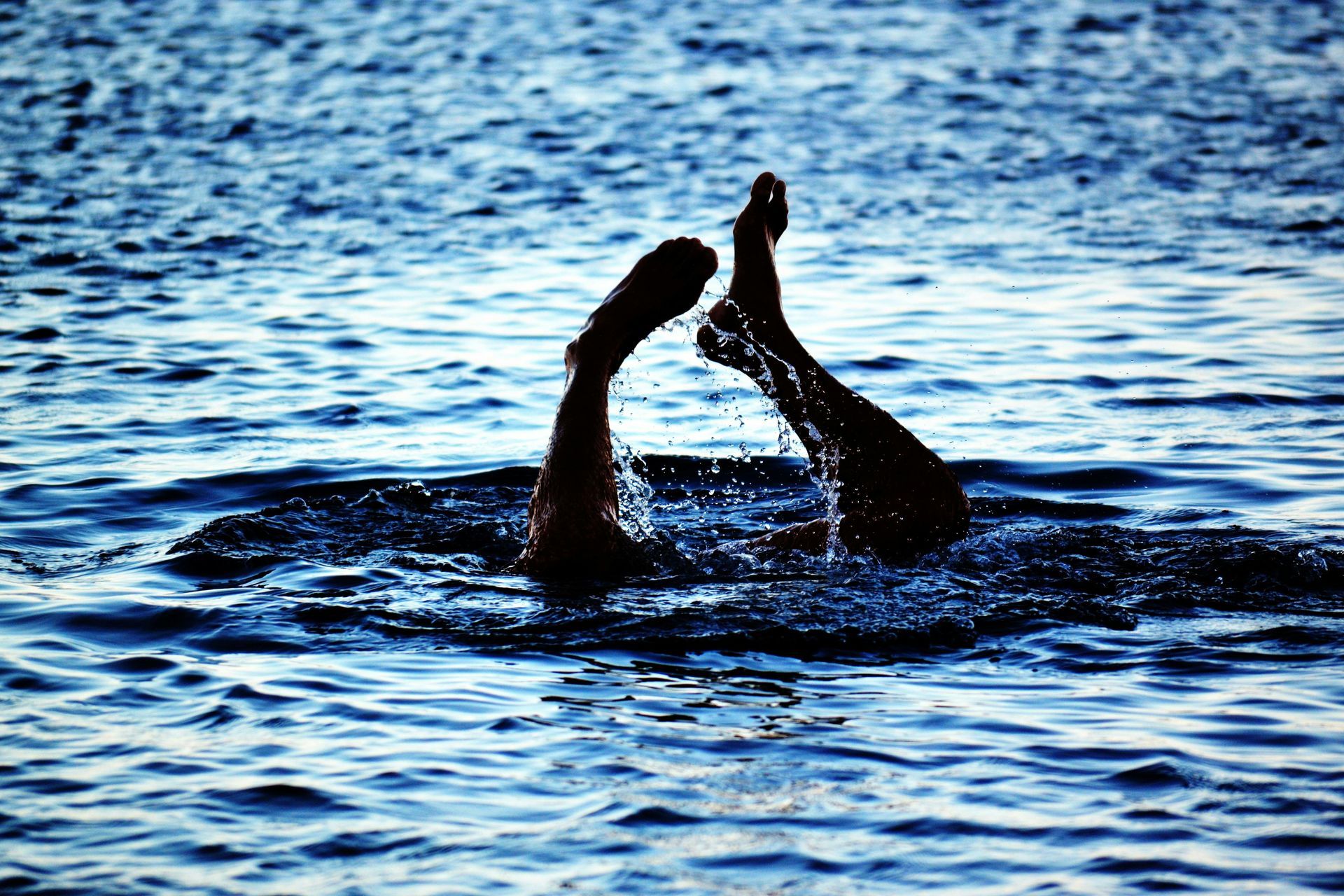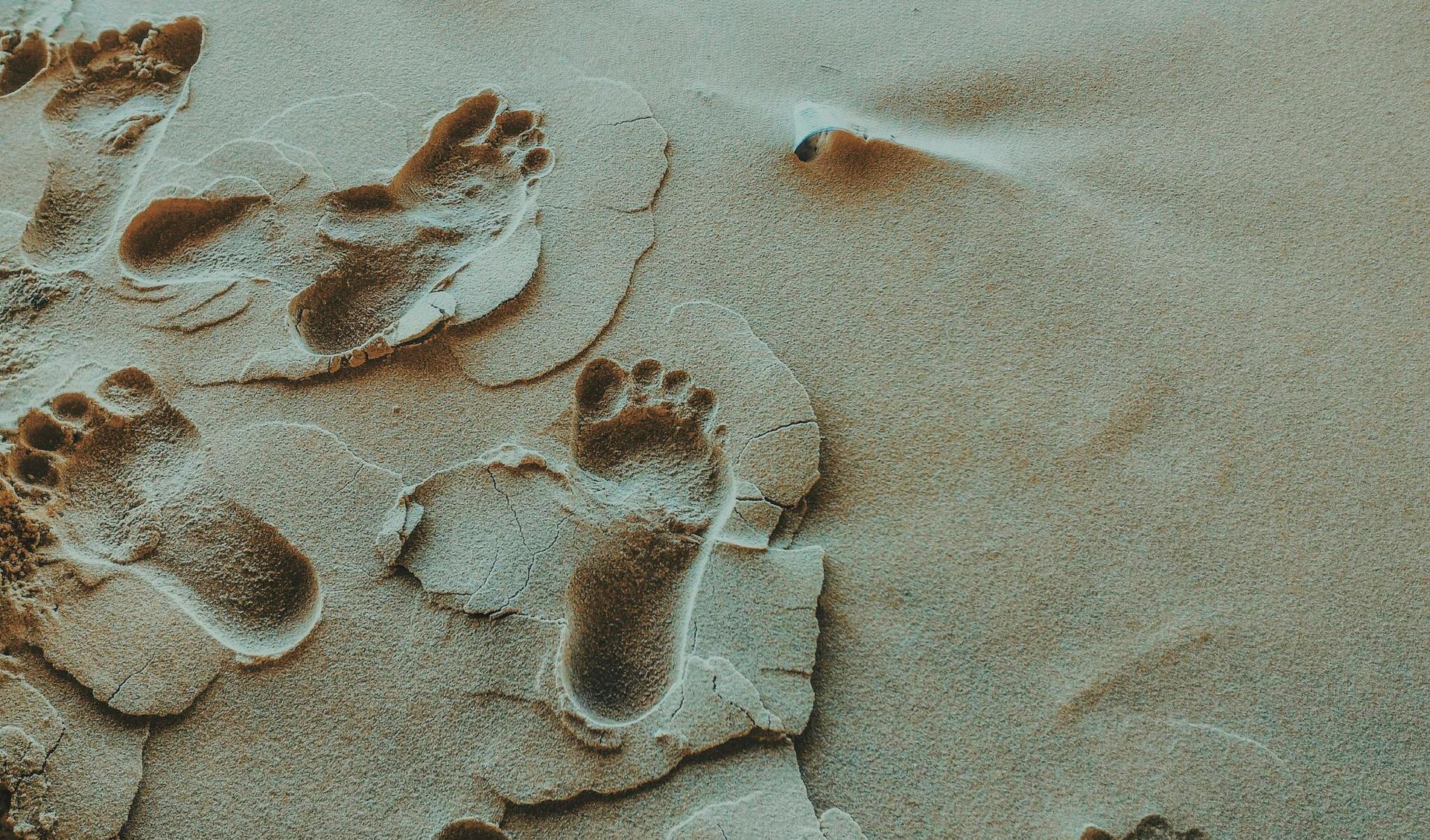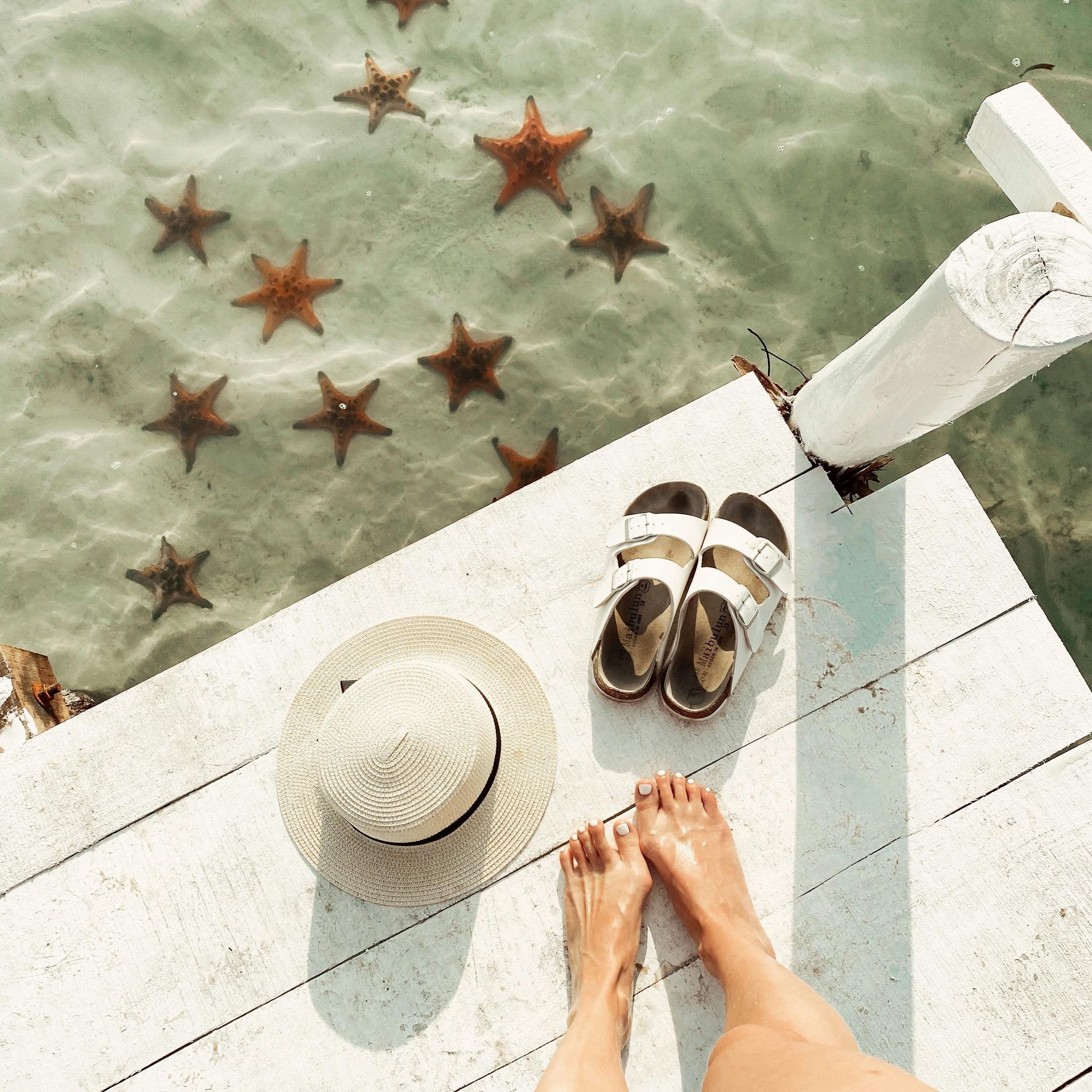Put A Sock In It - The History Of A Wardrobe Staple
Sarah Pellumbi - Marketing Director • 2 December 2020
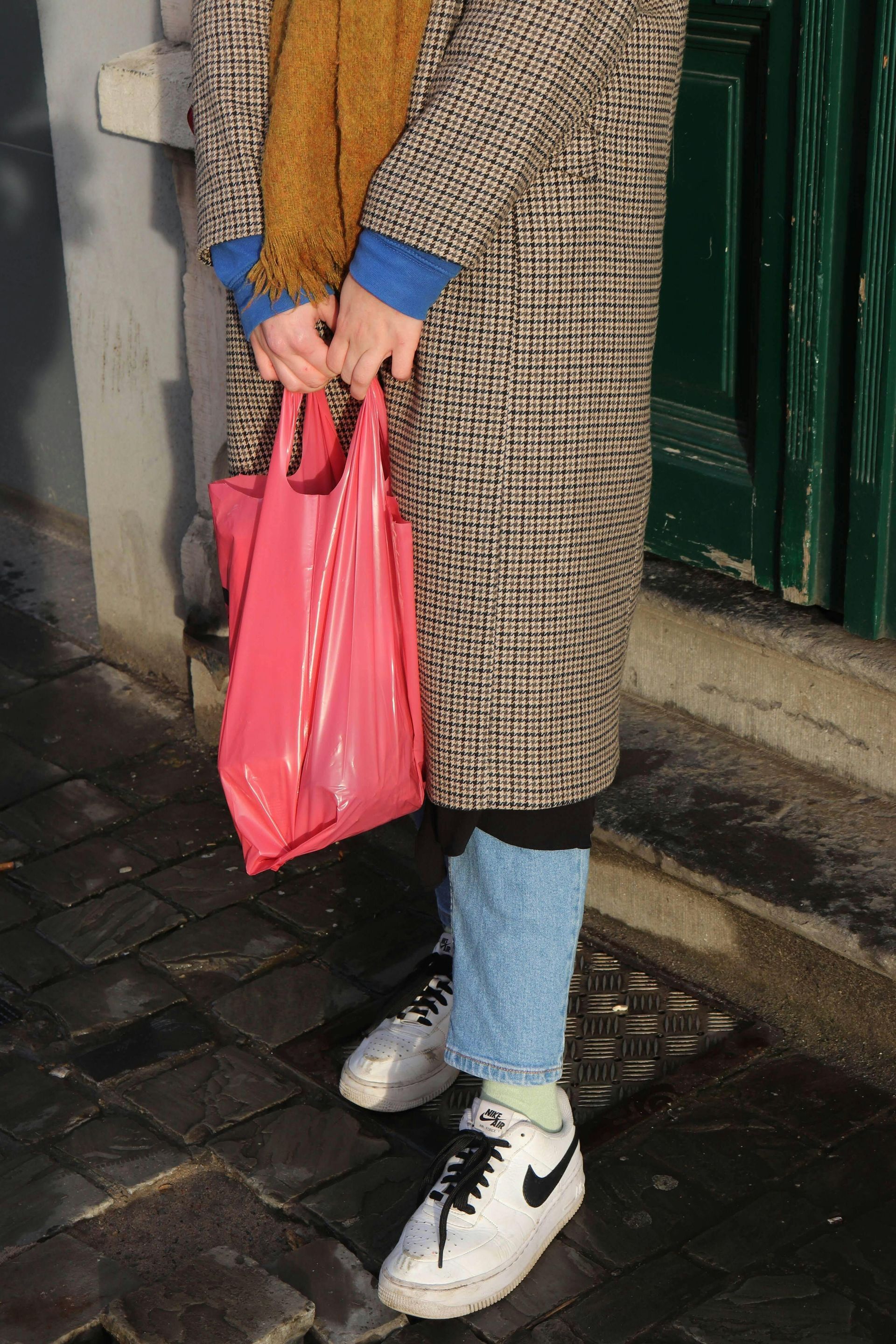
As far as clothing staples go, socks are pretty much up there with underpants! We all wear them but we don't really pay a whole lot of attention to them...but did you know that socks have been a part of our wardrobe since as early as 1500 BC (it is thought that cave people also wore 'socks' of a nature, but these were more likely animal hides wrapped and tied around the feet)!
In my research, I came across an article about the origins or socks that was so well written that I thought I would share it directly in to here:
"The first 'socks' were actually made from leather or matted animal hair – called "piloi" in 8th century BC Greece. A thousand years later in the 2nd century AD, the Romans were the first ones to sew woven fabrics together and make fitted socks ("udones").
The oldest surviving socks are a red-orange pair from between 250 AD and 420 AD that were excavated from Oxyrhynchus on the Nile in Egypt. They were made with the nålebinding technique, which means "knotless netting" and uses a single thread...the precursor to modern-day knitting and crochet. And they have split toes specifically for—gasp!—wearing with sandals. (Which the ancient Romans and Greeks did more or less exclusively, so they get a pass on any fashion judgement.) Speaking of Egypt, socks were so important that alongside all of the gold and jewels, King Tut's tomb supposedly contained several pairs made from linen.
In the Middle Ages, socks were brightly-colored and started becoming more of a fashion statement. As trousers got shorter over the next few centuries, socks got longer…and more expensive. So expensive, in fact, that by the end of the first millennia, socks were actually a status symbol among the nobility, and had also become highly ornamental. #FunFact: a fancy design that's embroidered or woven on each side or the outer side of a sock beginning at the ankle is called a clock. Who knew?
As societies progressed, so did socks, and they were made from wool, silk, and cotton, depending on a person's economic class (nobles = silk; peasants = wool). Besides being a display of wealth, socks served an important utilitarian purpose since even nobles faced harsh conditions at times. (Indoor heating wasn't a thing until the 20th century, so keeping those piggies warm was essential…frostbite didn't care if someone was wealthy.) Peasants especially were exposed to the elements way more than we are today and needed to protect their feet from the wet and cold. (They also bathed less often, so if you think your teen's basketball socks are stinky, just imagine the funk of a 16th century pair.)
Socks were so critical to life that mending them—called "darning"—was a very important skill. Cold feet led to frostbite which could lead to gangrene which could lead to death, so when a sock had a hole in it, it most definitely got fixed! As early as the 12th century, the heel of a sock was the last part made, which made it easier to replace when it wore out…a very common practice. Sock owners took their maintenance seriously.
The knitting machine's arrival on the scene in 1589 was a game-changer since six pairs of socks could be made in the time it took to create one previously, but socks were still hand-knit alongside the machines for another couple hundred years. A tiny percentage are still made that way today. Socks were historically held up with ribbons or ties or by garters since elastic wasn't a thing yet. Until Jedediah Strut's Derby Rib machine in 1758, that is, but it was so expensive that it took almost two more centuries before more socks were held up by elastic than garters. To put it in perspective, in 1899 England, a pair of socks sold for the equivalent of $15 today…a LOT back then.
The next biggest thing to happen to socks was—drumroll please—the 1938 introduction of…nylon. The blended fabric was born, and synthetics changed the sock world, along with the rest of it. With socks now being made from recycled plastics, their evolution has come full circle in the last 80 years. The most common blends today include cotton, wool, and polyester or nylon, but socks are also made with silk, spandex, bamboo, and other fabrics.
Another big moment in the evolution of socks was globalizing production. In 2011, the Datang district of Zhuji in the Zhejiang Province of China was known as "Sock City." Why? Because it was producing 8 billion pairs of socks each year, which was a third of the world's annual total. Finding accurate sales numbers is challenging but suffice to say that BILLIONS of pairs of socks are sold each year for even more billions of dollars, the competition is fierce, and socks are almost as high-tech as electronics in some facets of their engineering."
The article goes on to discuss the rules of socks and where lost socks really go - you can read the rest of the article here: https://www.thriftbooks.com/blog/the-history-of-socks/


